Artificial intelligence has come a long way in the past few years, moving from simple text completion tools to highly advanced systems capable of reasoning, holding context, and powering real-world applications. In this rapidly evolving landscape, OpenAI has introduced something that developers and businesses have been waiting for: the OpenAI Conversations API.
This release marks a significant shift in how developers can integrate AI into their products. It doesn’t just provide responses; it enables structured, context-aware conversations with multi-step workflows, memory, and the flexibility to handle complex use cases. By acting as an AI with memory API, it allows applications to recall previous interactions, making conversations more human-like and meaningful.
In this blog, we’ll take a deep dive into what the OpenAI Conversations API is, why it matters, and how it solves real pain points developers and businesses face today. By the end, you’ll have a clear understanding of what makes this API special, how it can be applied, and what it means for the future of persistent conversation AI and AI-powered software.
Why the Conversations API Matters
Until now, developers primarily worked with the Chat Completions API to integrate conversational AI. While powerful, it had some limitations:
- Maintaining long-term context across multiple exchanges was cumbersome.
- Developers had to manually structure prompts and responses to keep conversations consistent.
- Handling multi-turn workflows often requires a lot of custom engineering.
- Applications needing a persistent “memory” or thread of conversation had to reinvent the wheel.
The OpenAI Conversations API addresses these issues by making conversations a first-class citizen in the OpenAI ecosystem. Instead of juggling tokens, prompts, and temporary context windows, developers can now rely on a system built specifically for sustained, organized, and flexible interactions. In this way, it acts as both an AI with memory API and a foundation for persistent conversation AI that adapts to ongoing user needs.
This is not just an incremental update; it’s a new foundation for building intelligent assistants, customer service bots, productivity apps, and more.
If you’re interested in exploring broader integration strategies, check out our blog Cracking the AI Code: OpenAI API Integration Like Never Before where we break down how businesses can maximize value from OpenAI’s ecosystem.
How the Conversations API Works
At its core, the OpenAI Conversations API introduces the idea of a conversation object. Think of it as a container that holds everything related to a particular dialogue, including messages, context, and even metadata. This design allows for better integration of AI with memory API features that were previously difficult to achieve.
Here’s what that means in practice:
- Creating a conversation: You start by making an API call to create a new conversation. This generates a unique conversation ID.
- Adding messages: Messages are added to the conversation in structured form, with roles such as user, assistant, or system.
- Maintaining context automatically: The API remembers previous messages, eliminating the need to manually resend the entire history.
- Generating responses: The assistant replies based on the existing context, ensuring continuity across turns.
- Extensible workflows: Developers can integrate tools, functions, or external data sources into the flow without breaking context.
This structure allows developers to treat conversations as persistent objects rather than fleeting prompts. That persistence is where most of the power lies, unlocking the potential for persistent conversation AI that feels natural and intuitive.
Solving Real Developer Pain Points
Let’s break down some of the biggest challenges developers faced with earlier APIs and how the OpenAI Conversations API addresses them.
Context Management
- The problem: Previously, if you wanted the AI to remember what was said earlier, you had to resend the entire conversation history. This was inefficient, costly, and prone to hitting token limits.
- The solution with Conversations API: Conversations are now stateful. The API itself maintains the thread, reducing overhead and making interactions feel seamless. Developers don’t have to rebuild context management logic themselves. This shift makes the system function like an AI with memory API, improving reliability.
Complex Workflows
- The problem: Many applications require multiple steps, for example, booking a flight requires searching options, confirming details, and finalizing the booking. Using older APIs, developers had to hack together custom workflows with brittle prompt engineering.
- The solution with Conversations API: The structured conversation model makes it easier to add custom tools and step-by-step workflows. Each step builds on the previous one naturally, and developers can inject external actions into the flow without breaking the context. These capabilities highlight the value of persistent conversation AI, as workflows remain coherent across multiple turns.
For a practical example of how structured workflows impact businesses, don’t miss our blog Meet Your New Salesperson: How AI Chatbots for E-Commerce Are Powering 24/7 Sales, which shows how chatbots streamline buying journeys and boost sales.
Personalization and Memory
- The problem: Apps like virtual tutors or customer service bots need to “remember” details about the user. With older APIs, this required external databases and complicated memory management.
- The solution with Conversations API: Since conversations can store structured information and metadata, developers can build memory into interactions more easily. A learning app, for example, could track a student’s progress inside the conversation itself. This is exactly where the AI with memory API feature of the system shines, supporting personalized and engaging experiences.
Scalability for Real Products
- The problem: When building AI into real-world products, scaling was often tricky. Developers had to balance context, costs, and performance.
- The solution with Conversations API: By treating conversations as lightweight objects, the API reduces friction and makes it easier to scale to thousands or millions of users. It brings enterprise readiness to conversational AI while keeping the principles of persistent conversation AI intact.
Real-World Use Cases
So, how can this new API actually be applied? Let’s explore scenarios where it can make a real difference.
1. Customer Support Automation
A company can use the OpenAI Conversations API to build a virtual support agent that:
- Remembers the customer’s previous issues within the same thread.
- Pulls in account details or troubleshooting steps.
- Guides the customer through multi-step resolutions.
This leads to shorter resolution times and less frustration for users. The AI with memory API aspect ensures the system always recalls user context, while persistent conversation AI makes customer interactions smooth and consistent.
2. AI-Powered Tutors
Educational apps can use the API to deliver personalized learning:
- The tutor remembers past lessons and adapts to the student’s pace.
- Multi-turn guidance allows deeper learning rather than shallow Q&A.
- Metadata can track progress and tailor exercises accordingly.
This demonstrates the practical benefits of the OpenAI Conversations API, especially in its role as an AI with memory API, enabling long-term knowledge retention for learners.
3. Healthcare Assistants
In healthcare apps, conversations could help patients track symptoms, medication schedules, or appointment details. Instead of repeating information, the assistant retains context across sessions. This makes persistent conversation AI vital in ensuring consistent and safe healthcare interactions.
4. Team Collaboration Tools
Imagine integrating the OpenAI Conversations API into project management software:
- The AI could summarize long discussions.
- It could keep track of decisions across meetings.
- It could even manage follow-ups or deadlines automatically.
By combining memory, structure, and persistence, the API transforms into a true AI with memory API, making it a collaborative partner rather than a simple assistant.
If you’re weighing different approaches for collaboration tools and enterprise AI, take a look at our blog Custom AI Agents or ChatGPT Integration: What’s Better for Your Business?, which compares the strengths of both strategies.
5. Personal Productivity Apps
On a personal level, the API could power smarter AI companions that:
- Remember your tasks.
- Help you prioritize based on context.
- Carry context from one session to another without manual setup.
This is a clear use case for persistent conversation AI, enabling productivity apps to function like digital assistants that understand you over time.
Why This Release Is a Big Deal
The OpenAI Conversations API is more than just a technical upgrade, it’s a step toward human-like, context-rich AI interactions. By solving major developer challenges around context, workflows, and memory it sets the stage for more practical, scalable, and impactful applications.
This release signals a maturing of AI APIs. Instead of being experimental tools, they’re now ready to serve as the backbone of mission-critical applications in education, healthcare, enterprise software, and consumer apps. The addition of AI with memory API capabilities and support for persistent conversation AI makes this release especially powerful.
Looking Ahead
While the API is still new, it’s clear that it will reshape how developers think about conversational AI. Over time, we can expect:
- More tools and extensions integrated into the flow.
- Stronger support for enterprise-scale deployments.
- Richer memory features for personalization.
- A new wave of apps that feel less like “bots” and more like intelligent collaborators.
The OpenAI Conversations API will play a central role in this shift, as its nature as an AI with memory API ensures better personalization, and its support for persistent conversation AI drives smoother experiences across industries.
Final Thoughts

The release of the OpenAI Conversations API represents a turning point. Instead of forcing developers to build complex scaffolding around prompts and tokens, OpenAI now offers a dedicated system for structured, persistent conversations.
For developers, this means less friction and faster development. For businesses, it means more reliable and scalable AI-powered solutions. And for users, it means interactions that feel smoother, smarter, and more human. The combination of AI with memory API design and persistent conversation AI capabilities ensures long-term adoption and better usability.
If you’re building anything involving conversations, from support bots to personal assistants, the OpenAI Conversations API is worth exploring. It doesn’t just respond; it understands and continues the conversation. The future of AI applications is not just about intelligence but about interaction, and with this release, OpenAI has brought us a big step closer.
Frequently Asked Questions (FAQs) about OpenAI Conversations API
1. What is the OpenAI Conversations API?
The OpenAI Conversations API is a RESTful interface that allows developers to build applications where users can interact with AI models through dynamic, multi-turn conversations. It helps manage context, maintain memory, and deliver personalized responses, functioning like an AI with memory API to support persistent conversation AI.
2. How is the Conversations API different from the standard Chat Completions API?
While the Chat Completions API is designed for single-turn or limited-context conversations, the OpenAI Conversations API is built for more persistent, structured interactions. It maintains conversation state and allows developers to handle long-form or ongoing user engagement more effectively, aligning with persistent conversation AI principles.
3. What programming languages can I use with the OpenAI Conversations API?
The API is language-agnostic. You can integrate it using any language that supports HTTP requests, such as Python, JavaScript (Node.js), Java, C#, or PHP.
4. Is the OpenAI Conversations API secure for enterprise use?
Yes. The API is designed with enterprise-grade security. Data is encrypted in transit (HTTPS) and developers can choose to manage conversation storage securely on their end. OpenAI also provides compliance and governance options depending on your industry.
5. Does the Conversations API support memory across sessions?
The API supports conversation persistence through conversation IDs. This means developers can choose to store and reload context, allowing the assistant to “remember” user history over multiple sessions. This functionality makes it a strong example of an AI with memory API supporting persistent conversation AI design.
6. Can I fine-tune AI responses in the Conversations API?
Yes. Developers can guide responses through system messages, role-based prompts, and structured instructions. For more advanced customization, fine-tuning, and retrieval-augmented generation (RAG) can be integrated.
7. How can Ariel Software Solutions help with OpenAI Conversations API integration?
At Ariel Software Solutions Pvt. Ltd., we specialize in embedding AI-driven workflows into enterprise systems. We help businesses design, develop, and scale applications using the OpenAI Conversations API to solve real challenges like customer service automation, knowledge management, and workflow optimization. With our expertise, organizations can fully leverage the benefits of an AI with memory API and implement persistent conversation AI into their business-critical tools.




